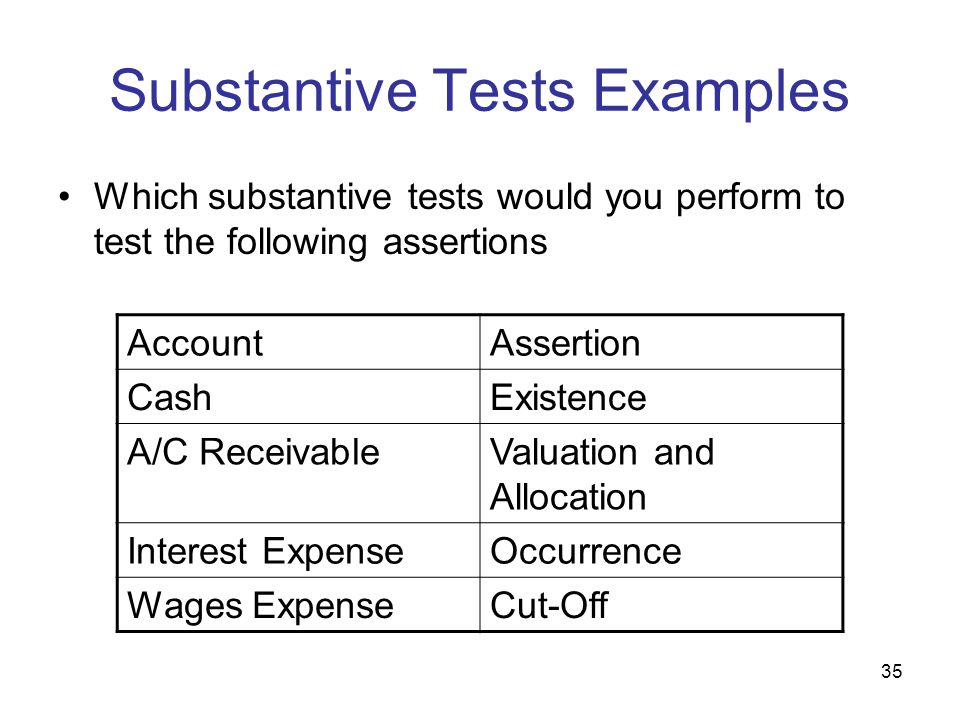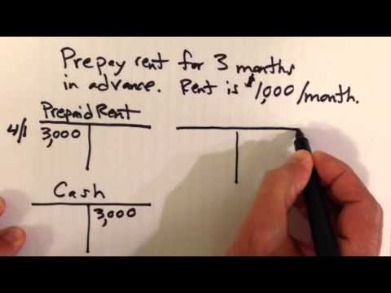By including all factors that bring in a return, it provides a more robust picture. Investors will use RoR to evaluate future opportunities and compare past performance of financial instruments such as stocks, bonds, real estate, and even dividend payments. First, it does not take into account the holding period of an investment, which can be an issue when comparing investment alternatives.
The Internal Rate of Return (IRR) is the annual rate of growth that an investment or project generates over time. IRR follows the same principle as CAGR, but makes an allowance for withdrawals or deposits throughout the holding period. For example, consider a bond that is purchased for $1000, pays a 3% coupon, and is sold for $1050 after 5 years. On the other hand, consider an investor that pays $1,000 for a $1,000 par value 5% coupon bond. It measures the return on an investment in percentage terms, based on the difference between the current value and the initial investment, without considering the time factor.
A simple rate of return is how much a company expects to make off of a capital investment every year. Using this figure, a company can quickly see if a plan is worth its time and money. The method assumes that a business earns the same amount of incremental net income in period after period, when in reality this amount will probably change over time.
- A Rate of Return (ROR) is the gain or loss of an investment over a certain period of time.
- This is helpful when evaluating if a company’s investment in a physical asset, called a capital investment, is worth the cost.
- Our writing and editorial staff are a team of experts holding advanced financial designations and have written for most major financial media publications.
- When interpreting ROI calculations, it’s important to keep a few things in mind.
- In other words, the rate of return is the gain (or loss) compared to the cost of an initial investment, typically expressed in the form of a percentage.
A rate of return (RoR) is the net gain or loss of an investment over a specified time period, expressed as a percentage of the investment’s initial cost. When calculating the rate of return, you are determining the percentage change from the beginning of the period until the end. CAGR takes into account the compounding effect of reinvesting earnings, which means that the returns earned in one year are added to the investment value and earn returns in the following year. CAGR provides a more accurate measure of investment performance over time, especially when comparing investments with different time horizons. For example, if a business owner is considering expanding into a new product line, the ROI formula can be used to chart out its costs and estimate its potential returns. If an entrepreneur is evaluating a new project, an ROI calculation can help determine if the likely return is worth the expense.
Factors affecting Rate of Return
One way you can quickly evaluate the potential ROI of a major purchase before you pull the trigger is by calculating the simple rate of return. While the simple rate of return isn’t perfect and won’t take everything to account, it can be a method to measure whether a given project has high potential profitability and is worth further examination. Total Rate of Return (TRR) is a financial measurement that shows the overall return over a period of time. It considers all sources of return including price appreciation, dividends, and interest payments.
In contrast, the net present value method provides a single number that summarized all of the cash flows over the entire useful life of the project. The rate of return formula calculates the total return on an investment over a period of time. It is expressed in the form of a percentage and can be referred to as ROR. It is expressed in the form of a percentage and can be referred to as ROR.
Great! The Financial Professional Will Get Back To You Soon.
The % discount rate represents the time value of money of capital that is tied up in a project, and reflects the minimum rate of return needed to produce an acceptable investment result for a given level of risk. The remaining value of the discounted cash flows is called net present value. The compound annual growth rate (CAGR), also called the annualized rate of return, differs from the simple rate of return in that it considers the compounding effect of returns over multiple periods of time. The CAGR presents the total return over a holding period as an effective annualized rate. The internal rate of return (IRR) also measures the performance of investments or projects, but while ROR shows the total growth since the start of the project, IRR shows the annual growth rate. The Compound Annual Growth Rate (CAGR) is another metric that shows the annual growth rate of an investment, but this time taking into account the effect of compound interest.
The standard conventions as established under accrual accounting reporting standards that impact net income, such as non-cash expenses (e.g. depreciation and amortization), are part of the calculation. The primary drawback to the accounting rate of return is that the time value of money (TVM) is neglected, much like with the payback period. Hence, the discounted payback period tends to be the more useful variation.
The building would depreciate over 20 years, which would increase the company’s depreciation expense. However, buying the building saves the company from paying rent, which equates to a net saving of $10,000 per year on an after-tax basis. Depreciation is included in the estimate of additional profit or loss, along with any other incremental expenses or revenues, from an investment.
Without including all of them in the calculation, the ROI figure may be grossly overstated. ROI figures can be inflated if all possible costs are not included in the calculation. Calculating annualized ROI can overcome this hurdle when comparing investment choices. This type of ROI calculation is more complicated because it involves using the internal rate of return (IRR) function in a spreadsheet or calculator. By the same token, leverage can amplify losses if the investment proves to be a losing investment. The average book value is the sum of the beginning and ending fixed asset book value (i.e. the salvage value) divided by two.
One of the drawbacks of the Simple Rate of Return is that it does not take into account the time value of money, the effects of compounding, or any other factors that affect the RoR over time. Therefore, it isn’t as accurate as other types or measurements such https://www.wave-accounting.net/ as the CRR. However, its a relatively simple calculation, so is a useful tool for quickly calculating and comparing short-term investments. Simple Rate of Return (SRR) calculates the return on an investment as a percentage of the initial investment amount.
How Rate of Return Works
Annualized ROI is especially useful when comparing returns between various investments or evaluating different investments. If you further dissect the ROI into its component parts, it is revealed that 23.75% came from capital gains and 5% came from dividends. This distinction is important because capital gains and dividends are taxed at different rates. ROI is an important measure of an investment’s performance, but it has some drawbacks. The ending fixed asset balance matches our salvage value assumption of $20 million, which is the amount the asset will be sold for at the end of the five-year period. The average book value refers to the average between the beginning and ending book value of the investment, such as the acquired fixed asset.
Calculating the simple rate of return is just as straightforward as you’d imagine. Simply divide the expected yearly profit of the upgrade by the total cost of the upgrade. By doing so, you’ll end up with a decimal that you convert to a percentage.
We pride ourselves on being easy to work with, efficient, and fully committed to helping our clients achieve lasting success. That’s why you need a financing partner who understands your business and can offer fast, flexible, architecture invoice template and affordable options to help get your company from point A to point B. A financial professional will offer guidance based on the information provided and offer a no-obligation call to better understand your situation.
Similar to the simple rate of return, any gains made during the holding period of this investment should be included in the formula. The company is contemplating purchasing equipment for an additional processing line. The additional processing line would increase revenues by $9,000 per year. The stitcher will still add the $40,000 to revenues, but will add $10,000 to annual operating costs and only have a useful life of three years. Smith purchased 100 shares for $15 per share and received a dividend of $2 per share yearly, and after five years, he sold them for $45. Mike purchased a property on the outskirts of California for $100,000 in 2016.



